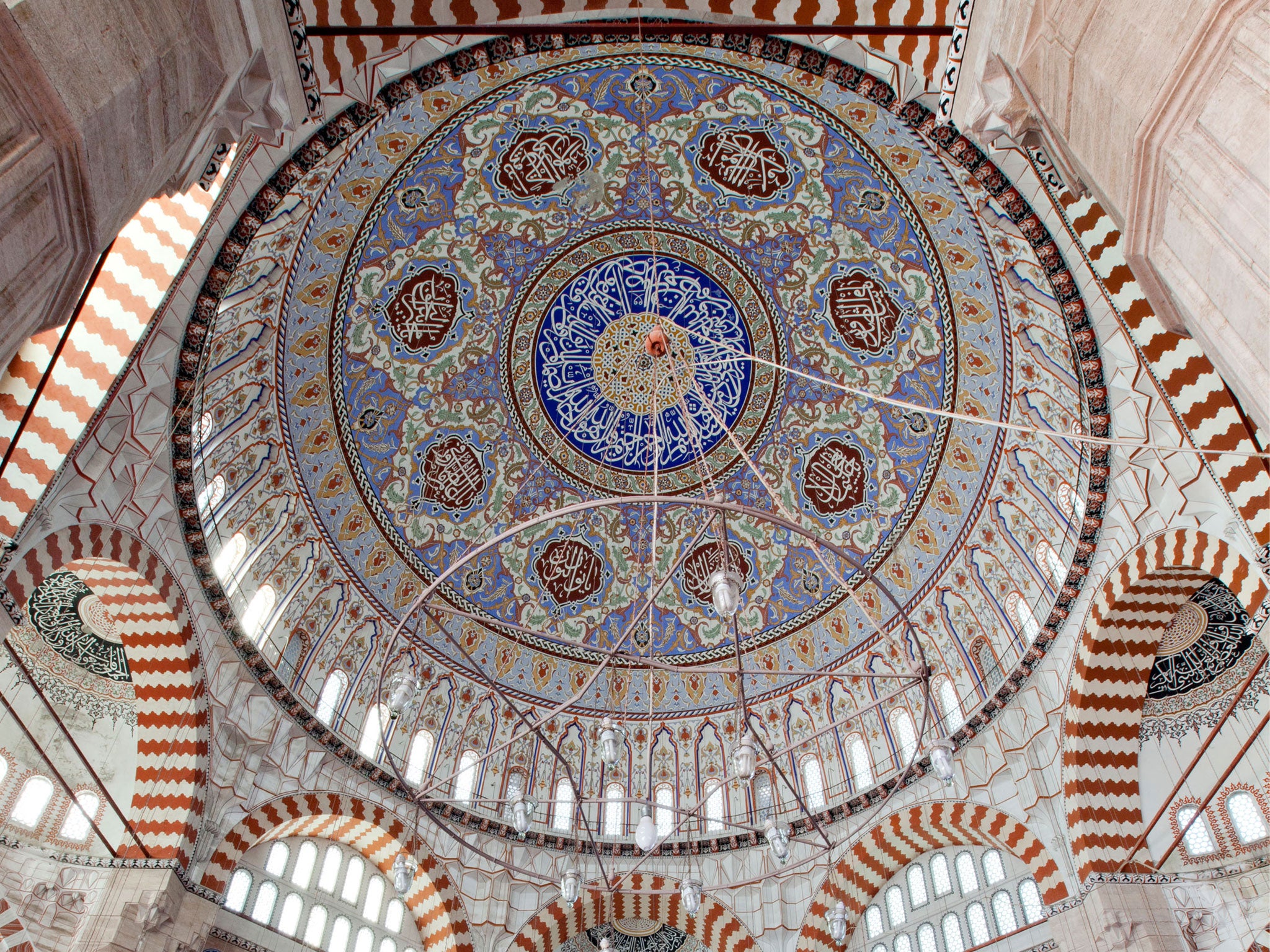The Architect's Apprentice by Elif Shafak, book review: The domes of discovery
Elif Shafak's ambitious novel illuminates the scale and style of 16th-century Istanbul

Your support helps us to tell the story
From reproductive rights to climate change to Big Tech, The Independent is on the ground when the story is developing. Whether it's investigating the financials of Elon Musk's pro-Trump PAC or producing our latest documentary, 'The A Word', which shines a light on the American women fighting for reproductive rights, we know how important it is to parse out the facts from the messaging.
At such a critical moment in US history, we need reporters on the ground. Your donation allows us to keep sending journalists to speak to both sides of the story.
The Independent is trusted by Americans across the entire political spectrum. And unlike many other quality news outlets, we choose not to lock Americans out of our reporting and analysis with paywalls. We believe quality journalism should be available to everyone, paid for by those who can afford it.
Your support makes all the difference.The fact that the great Turkish architect Mimar Sinan is not as widely known as Michelangelo says much about the bias of art history; it is a prejudice this novel attempts to redress. Some of his most glorious creations (more than 90 mosques, 50 schools, 20 mausoleums, six aqueducts, 10 bridges, 36 palaces and 48 hamams, or Turkish baths) are constructed in the course of an impressively ambitious story, giving it scale, style and silhouette.
Sinan is the historical architect of the title. His fictional apprentice is a 12-year old Indian boy who has arrived at the Topkapi Palace with a white elephant as a gift for the sultan. Through chance (and necessary fictional twists), the boy and the animal become indispensable, and these three characters are employed to tell not only the tale of their own lives but the story of Istanbul as it grows to become the dominant showcase of the Ottoman Empire.
As in Elif Shafak's previous work, traditional historical methods are upended. The writer is concerned not so much with the political machinations in the higher echelons of the sultanate, as with the sprawling world of its support system: those who have been left out of the official record. Istanbul, that great "honeysuckle of a city" with its "serpentine alleys, underground passages and closed bazaars" becomes, in many ways, the central character as labourers, prisoners, eunuchs, exiles, chancers, gypsies, drunks and whores struggle to survive its chaos.
Set between 1546 and 1632, the novel spans a period almost as long as Sinan's life (he died at the age of 99). The fact that people could live to such a great age seems miraculous in such a precarious and emotionally volatile place. Watching a procession making its way through the city, with his elephant at its decorative centre, the boy Jahan "could not believe how suddenly the public mood changed from sorrow to rejoicing, how quickly the river of their tears ran dry. If they moved between gloom and glee with such ease, did this mean they could pass from love to hatred just as effortlessly?"
There is, as one might expect, a love story, but Jahan's longing for the Sultan's daughter Mihrimah is appropriately forbidden, impossible, and of course doomed, despite moments of stolen tenderness. There are touching loyalties between master and pupil, the boy and his elephant, and a surprising level of affectionate support from a group of gypsies, but Shafak is no sentimentalist and any tendency towards the exotic is cut off with the same ruthlessness the sultan employs to dispatch his rivalrous brothers.
As a result, the body count is kept bracingly high and Shafak's success as a popular novelist gives her the confidence to pepper the narrative with frequent cliff-hangers to keep everything on the move. At its heart lie a boy, an elephant and an architect negotiating their survival as each building is constructed: the Shehzade, Mihrimah and Suleimaniye mosques; a bridge of the river Pruth; a restored Aqueduct. The raising of these structures, in which Jahan's elephant is continuously employed for both loading and transportation, gives the novel its shape and destiny; and the idea of the architect's dome becomes its central metaphor as the characters move under the vault of their creator's benevolent eye: "Alone in the mosque, only a dot in this vast expanse, Jahan could think only of the world as an enormous building site. While the master and the apprentices had been raising this mosque, the universe had been constructing their fate. Never before had he thought of God as an architect. Christians, Jews Muslims, Zoroastrians and people of myriad faiths and creeds lived under the same invisible dome. For the eye that could see, architecture was everywhere."
This is Shafak's most ambitious novel yet, and it is her best – told with a generous humanity that will surely realign attitudes both to the imaginative possibilities of fiction and to the constructed reality of the world around us.
Join our commenting forum
Join thought-provoking conversations, follow other Independent readers and see their replies
Comments